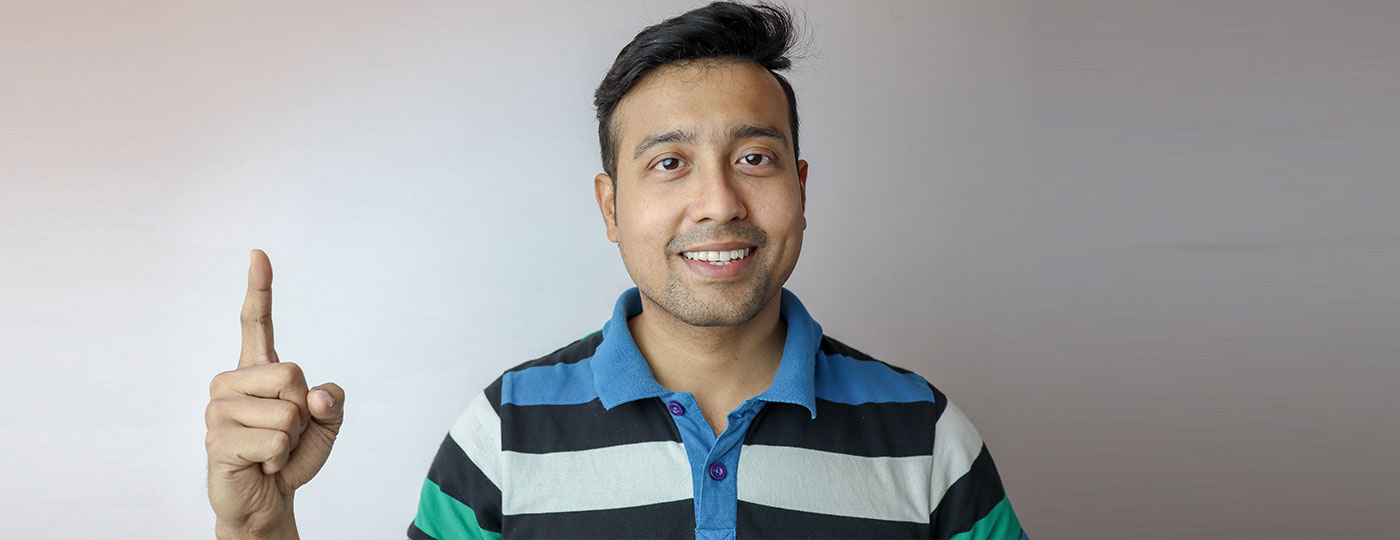Role of Computer Vision
Nestack Technologies develops impactful solutions using computer vision-based quality control technology for businesses.
Manufacturing Industry
The manufacturing industry greatly benefits from computer vision-based quality control. By analyzing visual data captured during production processes, businesses can detect defects, inconsistencies, or deviations from quality standards. Object recognition algorithms enable automated inspection of products, components, or raw materials, ensuring adherence to quality specifications. This technology reduces the need for manual inspections, accelerates production cycles, and minimizes the risk of faulty products reaching the market. As a result, businesses can improve customer satisfaction, preserve brand reputation, and reduce costs associated with rework or product recalls.
Food Processing and Agriculture
Computer vision-based quality control is instrumental in the food processing and agriculture sectors. By analyzing visual data, businesses can ensure the quality and safety of food products. Image recognition algorithms can detect contaminants, foreign objects, or spoilage in food items, enabling businesses to eliminate potential health hazards and maintain high-quality standards. Additionally, computer vision technology can assist in the automated sorting and grading of agricultural produce, ensuring consistency in product quality and enhancing the efficiency of supply chains. This technology supports compliance with food safety regulations, reduces waste, and improves customer trust.
Pharmaceutical Industry
The pharmaceutical industry heavily relies on computer vision-based quality control to ensure the safety and efficacy of drugs. By analyzing visual data, businesses can detect visual defects in medication, such as color variations, improper packaging, or damaged tablets. Object recognition algorithms can also identify anomalies in labeling, ensuring accurate information and compliance with regulatory requirements. Computer vision-based quality control in pharmaceutical manufacturing minimizes the risk of medication errors, safeguards patient health, and maintains regulatory compliance. Moreover, this technology enables businesses to streamline quality assurance processes, reduce manual inspections, and increase production efficiency.
Printing and Packaging
Computer vision-based quality control has a significant impact on the printing and packaging industry. By analyzing visual data, businesses can detect print defects, such as misprints, smudges, or color inaccuracies. Image recognition algorithms enable automated inspection of labels, packaging materials, or printed products, ensuring quality standards are met. This technology allows businesses to minimize waste, reduce production costs, and enhance the visual appeal of products. Moreover, computer vision-based quality control enables the identification of packaging errors, such as missing labels or incorrect barcodes, improving supply chain efficiency and preventing potential logistical issues.
Manufacturing
At Nestack Technologies, by analyzing visual data captured during production processes, businesses can detect defects, inconsistencies, or deviations from standards, enabling automated inspection of products and components. This technology improves manufacturing efficiency, reduces errors, and ensures higher product quality.
Agricultural Technology
At Nestack Technologies, analyzing visual data enables businesses to ensure the quality and safety of food products. Image recognition algorithms can detect contaminants, foreign objects, or spoilage in food items, helping to maintain high food quality standards and ensure consumer safety.
Pharmaceutical Innovation
Nestack Technologies specializes in visual data analysis, empowering companies to identify visual flaws in medications, such as color inconsistencies, incorrect packaging, or damaged tablets. This technology upholds stringent pharmaceutical quality and safety standards, ensuring consumers receive secure and effective drugs.
Packaging Solutions
Nestack Technologies can analyze visual data, enabling businesses to detect print defects such as misprints, smudges, or color inaccuracies. This technology facilitates automated inspection of labels, packaging materials, or printed products, ensuring that quality standards are met.






